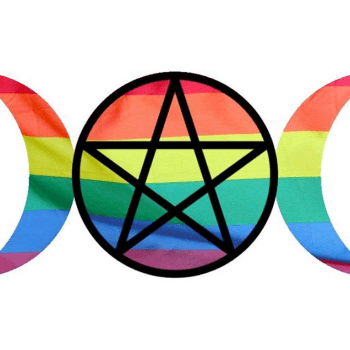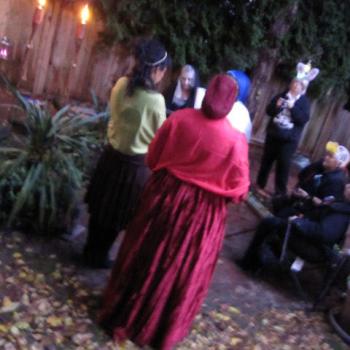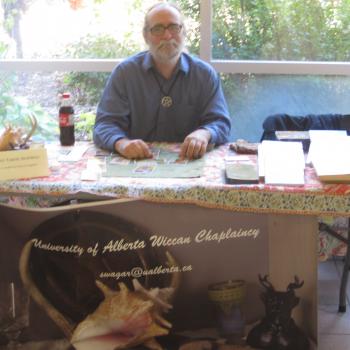A standardization of certain practices across traditions … a crystallization of core features in an emergent folk tradition. … Folklore is repeatedly winnowed and refined by its bearers; what emerges is a core of essential parameters within which the tradition bearer must operate. Ritual structure creates such a framework in neo-Pagan culture; within it, artistry and creativity can more easily flourish. – Sabina Magliocco
Even when people are physically alone when doing ritual, the ritual must include the person in some kind of a community. They are in a community with the Gods, with nature, and with all others that have done similar ritual for similar reasons, even if they are not aware of it. Ritual as a social activity, not just a matter of personal psychology, draws from a common tool kit of ritual possibilities formed first from what our body can do and finds pleasant, then from what our culture finds appropriate (or inappropriate – rebels rebel in ways that are set by their societies, usually) and frequently inside a particular tradition of ritual practice, whether religious, fraternal or purely secular.
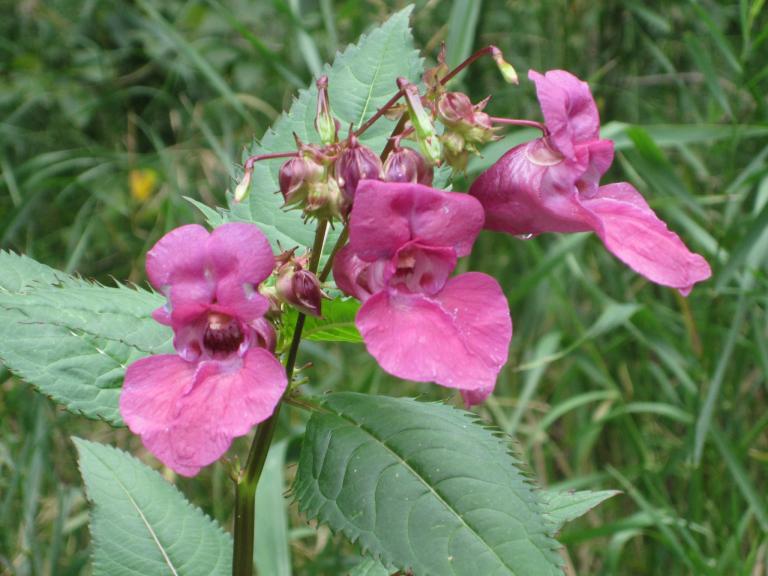
Since we are bound, inevitably, in a community of ritualists, we should identify those parts of the ritual toolbox that come from different places and deepen the connections and elaborate on them, to pull in more associations, more power and more connections for ourselves. For example, if you learned a particular ritual technique from your father, who learned it from his father, then honouring the Ancestors when you are about to do that thing will bring in more power for you. Or if a ritual is one that comes from a particular place and group of people, like the Celtic inhabitants of ancient Scotland, then using some words of their language or in some other ways making it more like what they would have done will make it richer and more effective for you.
However, there are limits to how much power any ritual can have for one individual alone. At some point a ritualist will want to do work not only for themselves but also for and with other people, in a community setting. Baby-blessings, stags for men about to be married, weddings and wedding receptions are ordinary occasions that are better when approached as rituals. Other day-to-day examples are planting gardens, especially breaking ground on community gardens, or the first shovel of earth starting a new building, or clearing out the energy before moving into a new house, cleaning while moving out, the first date.
Beginnings of things are very important, ending things and significant moments in between. These are often occasions that we can share with others, which we want to share. Now, without getting into the material of my post on rites of passage (see above) we know this in our bones.
We also know that ritual (and the forms of polite behaviour are ritual tools, not natural bodily behaviours), allows people that don’t know each other to come together in groups and to encounter each other with a minimum of friction and a degree of mutual respect. Ritual is here an alternative to war. And, significantly, ritual is a way of making communities come into existence. By affirming together that we all belong to a single community, by doing ritual that dissolves away the differences between us, we create what we say we are, we become bound together by the ritual bonds, inside that space, even if only weakly outside.
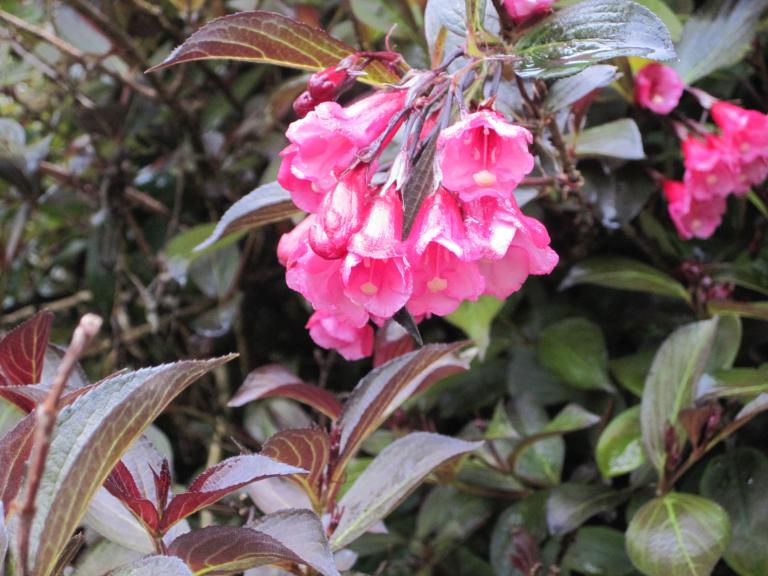
By having a shared pool of ritual ideas and forms we also create and build our communities. We become ‘the people who do this thing on this occasion’, whatever the thing or the occasion. Ritual elements are generally not significant in themselves, but because they are rituals. The details of how the ritual space is set aside are not important, but setting the space aside is important, and doing so in a way that everyone present understands did set the space apart from everyday life is vital to an effective ritual.
I’ll talk about the details and how to ensure that they are present a little later in a section on “tools”. Here, I would like to emphasize that ritual, as a community activity, a social construct, is arrived at jointly – the community as a whole comes to agree that these are the ways to do things, embraces particular symbols and methods and does not take up others. Real community ritual is conservative – innovations are generally welcomed only in some areas of the ritual, and generally incremental smaller changes are much more accepted than larger changes to arrive at the same result.
For good reason – ritual needs participation, at least attention, from all present. Too much rapid innovation prevents people from knowing what’s happening and involving themselves in it (as in Whitehouse’ “doctrinal mode” where learning by the establishment of habits can create deep connection below the conscious level, but only with repetition). Ritual can be seen as group praxis, as the principal means of group action around issues of common concern, and as a means of community mobilization. As in the “Theatre of the Oppressed” model – ritual is a mechanism for naming the issues of concern, modelling means of dealing with them, symbolically or more explicitly, and then providing energy that can be taken out of the ritual field and into community activism (at least theoretically – only a small amount of ritual explicitly aims toward mobilization and activism, to the detriment of both). Ritual is instead of theology – with experience seen as more authentic (with no understanding of how fraught a concept “authentic” is).
We create ourselves through our active engagement with the Mysteries – with the world around us, with the other people in the world, and with the ultimate fact of death. It is activity and not contemplation that creates us – human beings are verbs, not nouns, and it is through ritual engagement that we make real our contemplative insights.
Ritual has as an overall goal not just the instrumental goals of accomplishing an action here and now and the direct outcomes of those actions, but also the larger goal of the personal and social good. There is the good of deeper connection and engagement with the mystery, the possibility of ecstasy (even a secular ecstasy as in patriotic display or the ecstasy of spectators in sporting events). The possibility of perfecting oneself as an individual in communion and community with the natural world, the social community, and ones fellows exists in ritual performance and experience.
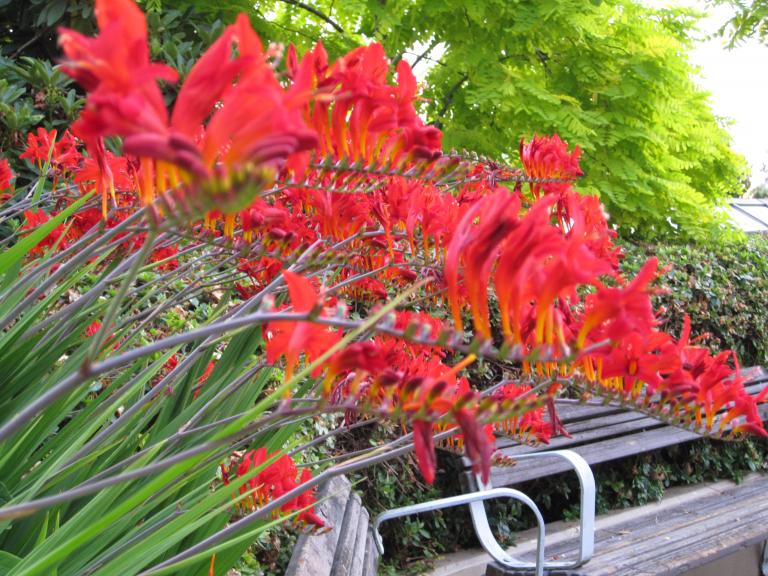
Performance of ritual is virtuous behaviour. It is right and proper to honour those that are excellent – heroes, intellectuals, lovers, leaders that embody our highest and grandest possibilities in order to provide models to which we can aspire and whose lives are generally instructional. Ritual must ennoble and uplift participants, must express the greatness inherent in life and realized to a greater extent in those who are ritually honoured. The grand possibilities available in some measure to each of us. Ritual must be grounded in an understanding of virtue and the good. It must have a moral content and quality and the people writing and performing it must, at minimum and preferably also the participants in it, be able to express what the moral content is.
A simple ritual that my friend Yvonne came up with and told me about is an example. A woman craftsperson that had generously shared her time and her skills widely, whose kindness and generosity and community-mindedness had positively influenced many, was being honoured. Many of those that she had taught, helped, or mentored came together. Each of them in turn put some oil on their hands and came up to her and massaged her hands in thanks. This simple set of gestures was profoundly moving and perfectly appropriate – honouring her for doing, for skill, for reaching out into the community and for giving of herself – the symbolism of the hands. Honouring the virtue of this woman – generosity first, skill and kindness. Also honoured the growth in those that received her care of the same capacities, and an obligation on them to further share and grow in these capacities.
During the course of working through this series of posts, and through the various rituals that you have observed, created and participated in, you will have accumulated a set of ideas, behaviours, and a set of associations with ritual. These are the most important ritual tools that you will get.
Material objects used in the performance of particular rituals or types of rituals – material tools like candles, robes, regalia, tables, and the rest of it – are props which may help in creating an atmosphere or in triggering useful associations for the participants in a ritual but they are not important in themselves. Other items could be substituted and given the very same significance and associations.
But the habits of thought, the quality of ritualized attention and behaviour, the general associations of the ritual performance are highly significant. These are gained with some time and effort and cannot easily be done without.
There is a dignified comportment that is central – a style of action and speech that is not pompous, puffed up or proud, neither afraid or excited, but confident and humble, at the same time respectful, reserved and confidently familiar. These styles of behaviour ritual leaders develop from awareness of the energy that they are working with, practice and familiarity with the material and work of ritualization. They understand the mood of the participants, the flow and the blocks to the flow of energy in the rituals, and the presence of the Gods and the Ancestors. Practice and a profound grounding and centredness, inner balance, are essential to creating this style. And it is cross-cultural, simply put it is dignity or gravitas on the one hand, and an active balance in tune with the purposes and the movement of the ritual. Joking around, nervous tittering, digression and scattered and inappropriate actions and words during ritual are marks of a person that has not acquired this first essential tool. The ritual leader must be respected during the ritual performance, must put on the Glamour and fully inhabit the role.
This, like many other essential tools of the effective ritualist, is a quality of character, not simply a piece of knowledge or a fact about something or another. Virtuous behaviour in the Aristotelian sense is very like this – deep personal balance which leads to appropriate action, right action, the quality Wiccans refer to as being a “proper person, properly prepared.” When this foundation in character and deportment is solid everything else comes much more easily to ritual leaders. And if the ritual leaders are solid, the ritual is solid and its effect on the participants is more powerful, more moving and transformative, which is the intention. Ritual must have leaders – leaderless ritual is simply random motion.
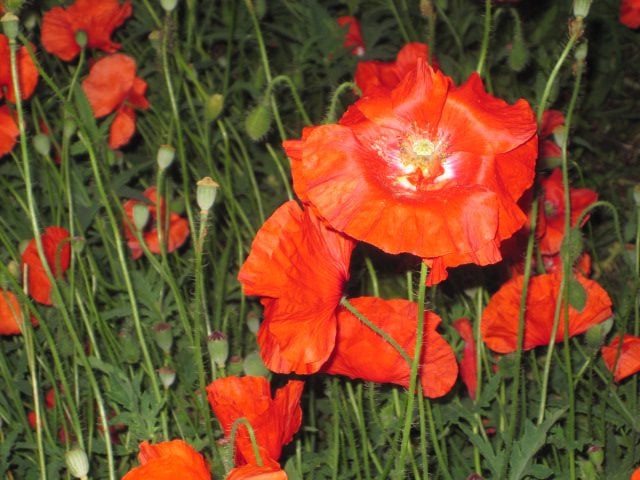
Other specific skills to acquire – very useful tools: scripting and the use of language (rhetoric), pacing, projection, a sense of theatre and the ability to work with the props appropriate to a given occasion, the capacity to ground and to ground others, to explain the purpose and the broad outlines of a ritual to participants, physical and energetic Presence.
For ritual participants the capacity to surrender and to be open, to trust both the ritual leadership and the purposes and energies of the ritual, openness to being changed by the rite and to change others in mutual responsibility and interdependence. Remember that ritual has purposes – it is power, transformation, meaning-making and so on. These purposes are also ritual tools. Focusing on them gives guidance about what to do and how to do it, suggestions that naturally come together by considering the purpose and the occasion – a coming-of-age ceremony for a young woman will differ from a ceremony honouring a heroic deed (although there will also be overlaps and common themes echoing through many rituals for a variety of reasons, discussed earlier in this series of posts.) The capacity to decide based on partial and incomplete understanding and to both trust the decisions in the abstract and act concretely on them here and now is a tool as well, a tool of intuition and a deep trust in it, and a quality of character to develop as well. Like the Tarot Fool a good ritual leader has the capacity to act intuitively and in balance with the flow of energy in the ritual first and in the universe in general more broadly.
To know what must be done, to have the strength of will to proceed, the courage to try something even when one might fail, the capacity to not say everything but leave things to be discovered on reflection by the other participants in the ritual, and to act in the world in accordance with the understanding and the balance of these other factors; these are other important qualities of character for a ritual leader.
Ritual that is only itself and does not lead us to act rightly as a consequence is sterile. The insights generated in and through the ritual experience must come back into the world. So ritual must have ambiguity, and must unfold deeper levels with reflection and engagement with the world.
The folklore process of ritual development and creation will always include and always should include borrowing, learning, swapping stories, adapting stories and practices, and re-formatting ideas. Whatever the purists might think and regardless of how horrified the ill informed or politically correct might be, the average ritualist is a sponge and also is constantly both teaching and learning, doing and experimenting. However, a competent ritualist doesn’t just borrow randomly with a “there’s a bright and shiny thing, let me add it to my rookery “ attitude or without respectful acknowledgement of origins. Pieces pulled together must fit into the whole, must adapt easily to augment the style, the ethics, and the purposes of the ritualist. They need to be broadly consistent with each other to maintain consistency of effect. But, to have this work to best effect we need a clear idea of what is important, what it is that we’re talking about and why we’re talking about it.
We need a system of values and a concept of virtues and we need, I believe, to develop a heroic worldview. Every action is not equally praiseworthy, and every person is not equally noble, intelligent, honest, kind or otherwise worthy. An elitism of quality is needed to inspire us and goad us toward excellence.
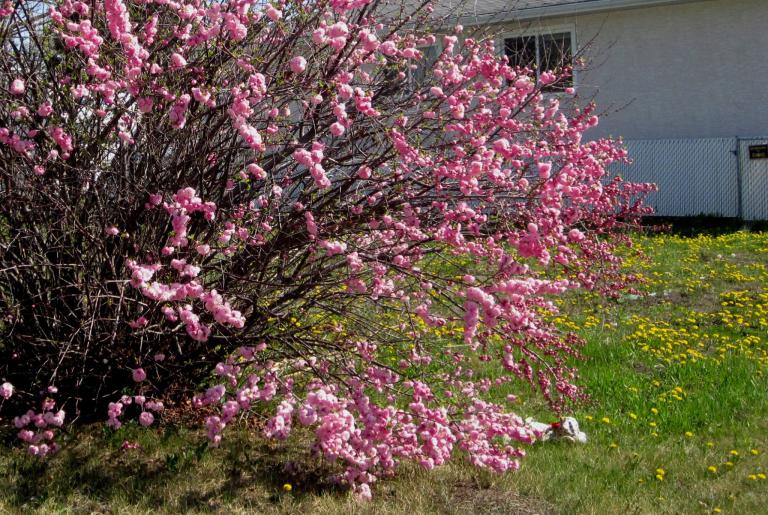
Engaging the aesthetic senses coupled with a critical intelligence to evaluate and modify the materials that we gather up. A theoretical base, to give us effective criteria and methods to evaluate is also needed. Ritual is a mode of engagement with the world, not any particular action or group of actions, not a specific set of words or scripts but a method for engagement, an organizing principle with which to make actions significant. Through doing ritual we come to know how to choose significant words, to deliver them in a rich and meaningful way, to move in ways that are effective and suit the purposes of the ritual. We also involve, as we have seen, the consideration of changes to oneself and the world at large, discovering the meanings in various acts and daily and extraordinary experiences, marking life passages and many other things.
By becoming ritualists and not only passive participants or observers of ritual we are creators of society not only consumers. We create culture, we advance the self-awareness of our society and those that participate in our rituals, deepen ourselves as individuals, heal ourselves and others of the separation and loneliness and ungroundedness that is far too common in this disenchanted world. And by being aware of the broader shapes and meanings underneath this world of appearances we become better and stronger people. All pretty good stuff.
Next Week “Follow-up Reading List”




